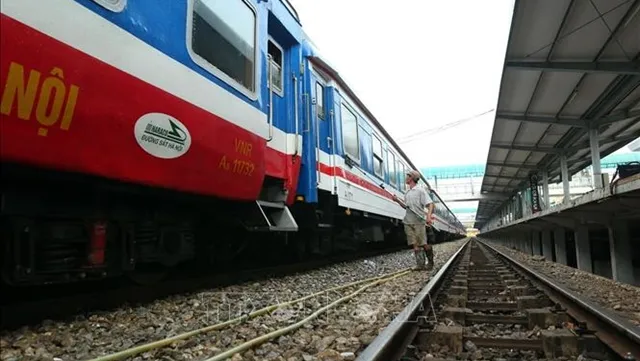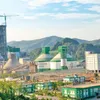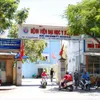Concerns raised over Việt Nam’s largest infrastructure project
by ,http://vietnamnews.vn/economy/522424/concerns-raised-over-viet-nams-largest-infrastructure-project.h10 July 2019 Last updated at 08:10 AM


MPI filed a report to Prime Minister Nguyễn Xuân Phúc on the railway project, showing its approval for the lower-cost option instead of the MoT plan.
Citing analysis by experts from Germany and the Netherlands, the ministry said that with the span of thousands of kilometres, a running speed of 200km/h would be effective and help save some $32 billion compared to MoT’s solution.
Travelling between Hà Nội and HCM City, under the MPI plan, would take about eight hours.
Moreover, if factors besides direction and length are taken into consideration, the cost may be further reduced.
Vũ Đại Thắng, deputy minister of planning and investment, said the ultimate solution was to upgrade the old infrastructure for freight and simultaneously develop a new project to carry passengers.
Previously, MoT proposed a plan to upgrade the current North-South railway to transport local commuters and commodities. Meanwhile, a new high-speed system which would allow a train to run at 320km/h would be built with the tentative investment of about $58.7 billion over 30 years from 2020 to 2050.
The project will be implemented under the Public-Private Partnership (PPP) model, with 80 per cent of the investment allocated from the State budget and the rest funded by the private sector.
According to MPI, after completing the project’s first phase connecting Hà Nội with Vinh, Nghệ An Province and Nha Trang and Khánh Hoà Province with HCM City in 2032, these two routes will be able to carry 364,000 passengers a day. The total number of daily passengers on both routes, however, is predicted to reach just 55,000 to 58,000, only 16 per cent of the capacity.
Therefore, MPI said it would be more effective and cost-effective to have the system perform at the slower speed of 200km/h.
Accoring to Professor Lã Ngọc Khuê, former minister of transport, the National Assembly shot down the project in June 2010. Once the new plan is approved by the Prime Minister, the National Assembly will vote on whether it will move forward.
Though Việt Nam’s socioeconomic landscape has changed over the last decade, the country will still be the poorest, based on GDP, ever to invest in a high-speed railway system, posing threats to the project’s feasibility and even the country’s finances.
According to Khuê, the tentative investment of $58.7 billion will place a burden on Việt Nam’s economy since it is 50 times higher than the total State funding for transport infrastructure development in one fiscal year.
Technology is another concern in the project.
MPI warned against depending on foreign partners to operate the system and asked MoT to accelerate multilateral co-operation to reduce expenditure and encourage the private sector’s participation.
“The North-South high-speed railway will be operated through generations; therefore, it is essential to have solutions for technology transition. It will be costly to buy new technology whenever the old one is out of work,” said Deputy Minister Thắng.
According to Trần Đình Thiên, former head of the Việt Nam Institute of Economics, the project’s investment efficiency must be considered. The high investment could result in expensive tickets, making it hard to compete against budget flights. VNS





